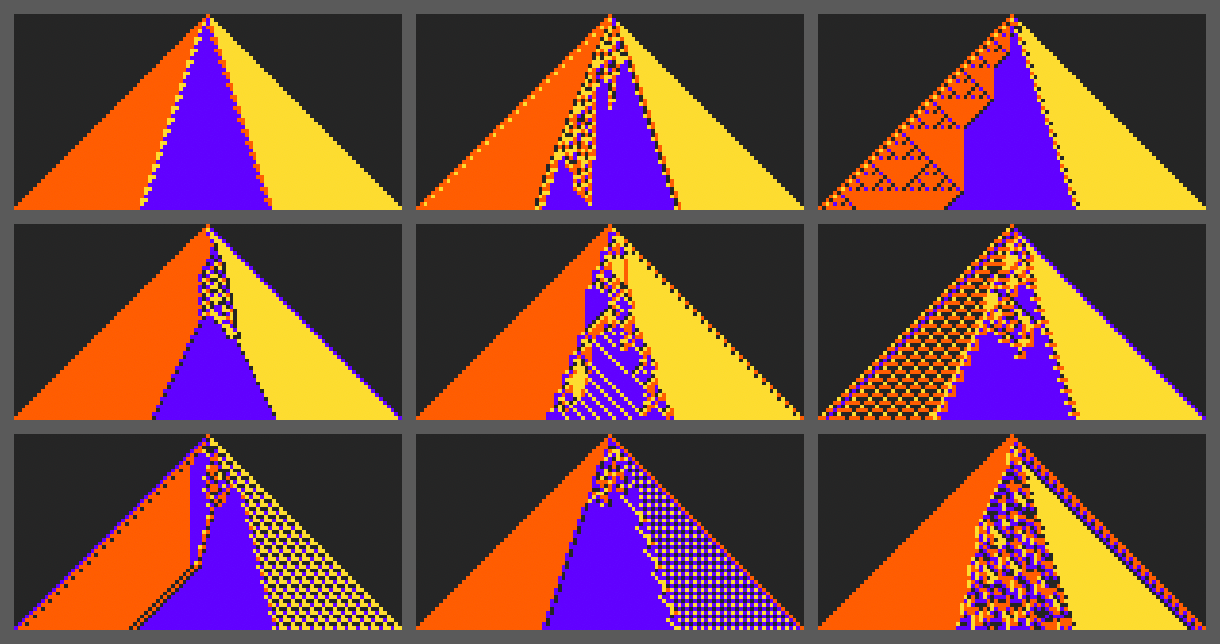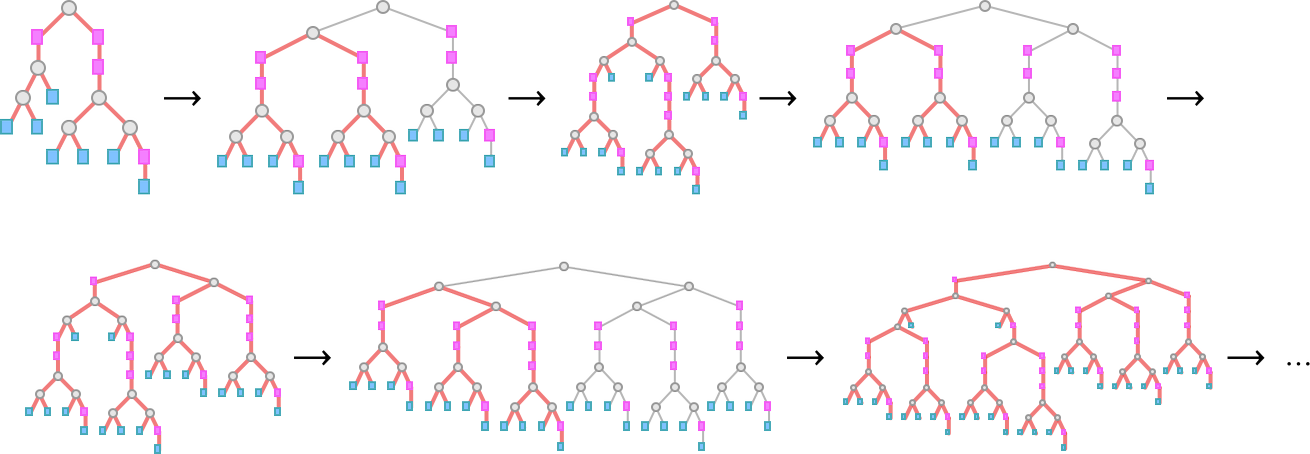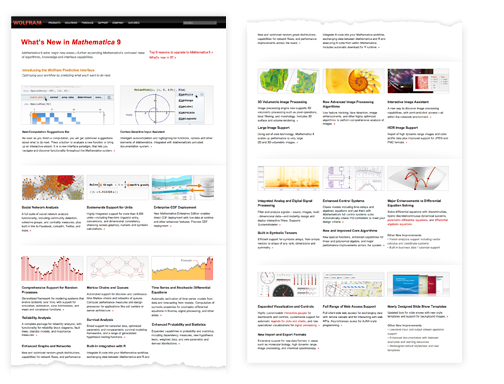
Towards a Theory of Bulk Orchestration
It’s a key feature of living systems, perhaps even in some ways the key feature: that even right down to a molecular scale, things are orchestrated. Molecules (or at least large ones) don’t just move around randomly, like in a liquid or a gel. Instead, what molecular biology has discovered is that there are endless active mechanisms that in effect orchestrate what even individual molecules in living systems do. But what is the result of all that orchestration? And could there perhaps be a general characterization of what happens in systems that exhibit such “bulk orchestration”? I’ve been wondering about these questions for some time. But finally now I think I may have the beginnings of some answers.
The central idea is to consider the effect that “being adapted for an overall purpose” has on the underlying operation of a system. At the outset, one might imagine that there’d be no general answer to this, and that it would always depend on the specifics of the system and the purpose. But what we’ll discover is that there is in fact typically a certain universality in what happens. Its ultimate origin is the Principle of Computational Equivalence and certain universal features of the phenomenon of computational irreducibility that it implies. But the point is that so long as a purpose is somehow “computationally simple” then—more or less regardless of what in detail the purpose is—a system that achieves it will show certain features in its behavior. Continue reading



































































































 We’ve always got a large pipeline of R&D underway, and our strategy for .1 versions is to use them to release everything that’s ready at a particular moment in time. Sometimes what’s in a .1 version may not completely fill out a new area, and some of the functions may be tagged as “experimental”. But our goal with .1 versions is to be able to deliver the latest fruits of our R&D efforts on as timely a basis as possible. Integer (.0) versions aim to be more systematic, and to provide full coverage of new areas, rounding out what has been delivered incrementally in .1 versions.
We’ve always got a large pipeline of R&D underway, and our strategy for .1 versions is to use them to release everything that’s ready at a particular moment in time. Sometimes what’s in a .1 version may not completely fill out a new area, and some of the functions may be tagged as “experimental”. But our goal with .1 versions is to be able to deliver the latest fruits of our R&D efforts on as timely a basis as possible. Integer (.0) versions aim to be more systematic, and to provide full coverage of new areas, rounding out what has been delivered incrementally in .1 versions.

































![In[1]:= CloudDeploy[APIFunction[{}, 1 &]] In[1]:= CloudDeploy[APIFunction[{}, 1 &]]](https://content.wolfram.com/sites/43/2015/04/cloud-bug-hunting-in1.png)




![Hello World from Tweet-a-Program: GeoGraphics[Text[Style["Hello!",150]],GeoRange->"World"] Hello World from Tweet-a-Program: GeoGraphics[Text[Style["Hello!",150]],GeoRange->"World"]](https://content.wolfram.com/sites/43/2014/09/tweet-a-program-hello-world.png)
























































